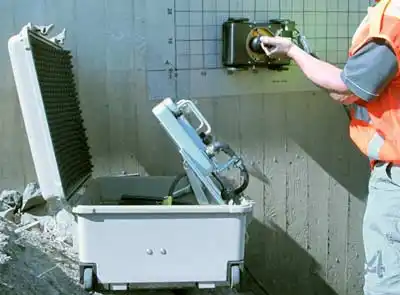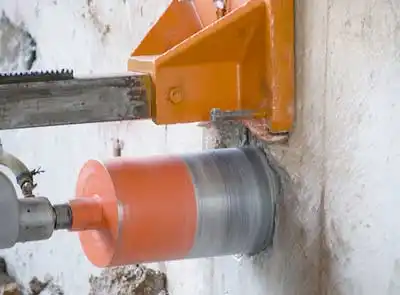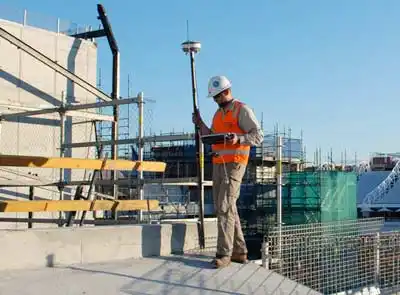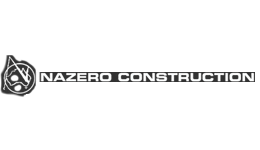Whether you are looking to locate existing underground utilities, pipes & cables, or want to plan the safe placement of new infrastructure, Concrete Scanning Services has the solution. Depending on your project, site or what you’re trying to locate, we offer both pipe & cable locating and GPR services.

Underground Utility and Object Location
Using precision pipe and cable locators, in hand with GPR technology, our team can induce, detect and trace underground utilities, pipes and cables prior to any subsurface work being carried out. All work is undertaken in accordance with Australian standards of Classification of Subsurface Utility Information (SUI) AS 5488-2013.
Pipe and cable locating
This process also known as, Electromagnetic Locating, is used to identify the location of live conductive services and mains such as:
Electricity; and
Gas and fuel lines.
Telecommunications;
Water;
Ground Penetrating Radar (GPR)
GPR is one of the most advanced underground utility locating techniques when combined with electromagnetic locating. 2D scans and 3D data acquisition are both available. GPR is used for the location and survey of conductive and non-conductive subsurface utilities and structures. It is the ideal way to locate:
Fibre optic cables;
Forensics; and
Fuel tanks;
Nylon gas;
Road and pavement inspections;
Sewer and storm water.
Underground storage tanks;
Underground structures;
VC water mains and services;
Voids and cavities;
How are the findings presented?
Concrete Scanning Services offer clear and concise reporting of all survey results. Depending on the client’s reporting requirements we can offer either a site mark-up or we can present the investigation results by submitting a comprehensive and detailed user friendly report including analysis of the findings, that can be easily interpreted and understood.
We can also offer the service of producing or updating CAD drawings, which can be supplied in hard or soft copies.
If required, we have the ability to create a 3D picture of the subsurface by collecting a number of perpendicular scans, a ‘top down’ and cross sectional view of the area can be presented. This allows us to look down ‘through’ the slab and identify features and objects at different depths which run in different directions.





















